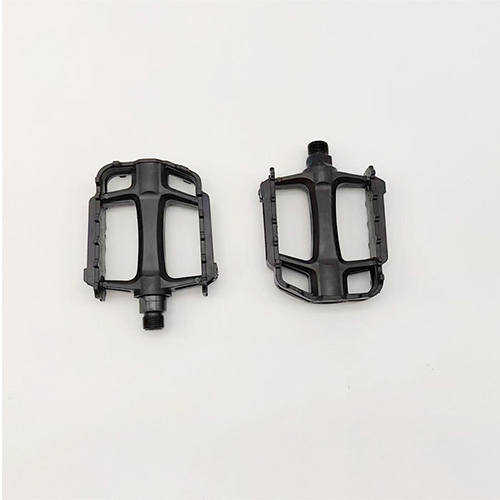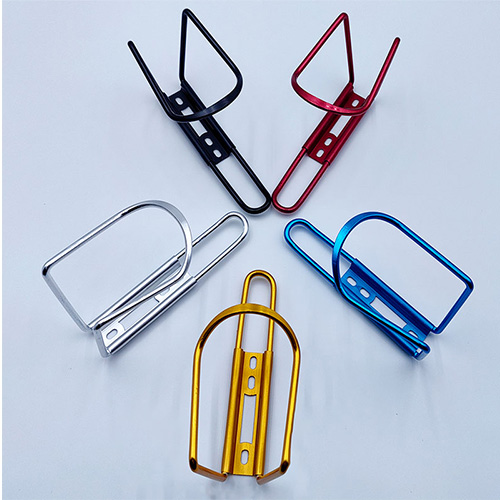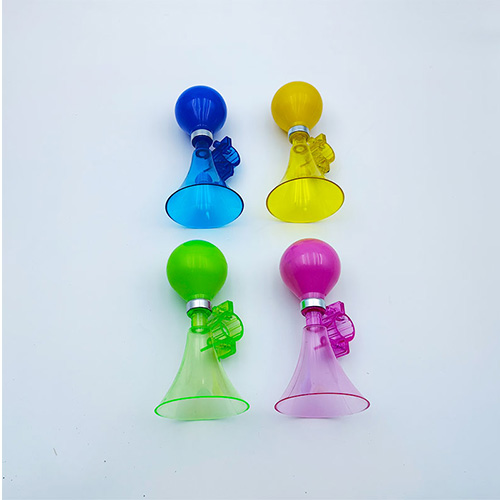Bicycle pedals may look like small components, but they play a big role in your riding experience. Whether you’re a daily commuter, weekend cyclist, mountain biker, or road racing enthusiast, the right pedal can boost your performance, comfort, and control on the bike.
In this blog, we’ll explore the different types of bicycle pedals, their benefits, and how to choose the right one for your riding needs.
What Is a Bicycle Pedal?
A bicycle pedal is the part of the bike that you push with your foot to move the bike forward. It connects your foot to the crank arm and converts your leg power into motion.
There are various styles of pedals designed for different types of riding, such as casual city riding, long-distance touring, mountain biking, and road racing.
Main Types of Bicycle Pedals
1. Platform Pedals (Flat Pedals)
Best for: Beginners, commuters, casual riders, BMX, mountain biking (downhill)
Platform pedals are the most common type of pedal. They’re flat on both sides and easy to use—you simply place your foot on them and start riding. No special shoes are needed.
Pros:
Easy to get on and off
Great for stop-and-go traffic
Affordable and low-maintenance
Compatible with all types of shoes
Cons:
Less efficient energy transfer compared to clip-in pedals
Feet may slip on rough terrain
2. Clipless Pedals
Best for: Road cyclists, mountain bikers, long-distance riders
Despite the name, clipless pedals do require you to clip in using special cycling shoes with cleats. They offer a secure connection between your foot and the pedal.
Pros:
Excellent power transfer and efficiency
Feet stay in place, especially on hills and rough trails
Great for long rides and high-performance cycling
Cons:
Learning curve for beginners
Need compatible cycling shoes
More expensive
3. Toe Clip Pedals (Strap Pedals)
Best for: Fitness riders, touring cyclists
These pedals have a cage and strap system that wraps around the front of your shoe to hold your foot in place. They’re often used as a more affordable alternative to clipless pedals.
Pros:
Better power transfer than flat pedals
Work with regular athletic shoes
Affordable
Cons:
Can be tricky to get in and out of quickly
Not ideal for technical trails
4. Hybrid Pedals (Dual-Sided Pedals)
Best for: Riders who want versatility (commuters, touring cyclists)
Hybrid pedals offer two sides—one flat and one clipless. This allows you to ride with or without cycling shoes.
Pros:
Great for riders who switch between casual and performance riding
Convenient and flexible
Cons:
Slightly heavier than other types
More expensive than basic platform pedals
What to Consider When Choosing Bicycle Pedals
When shopping for new pedals, ask yourself the following questions:
1. What kind of riding do you do?
City commuting → Platform pedals
Road racing → Clipless pedals
Trail riding → Clipless or platform (with grip pins)
Recreational riding → Platform or toe clip pedals
2. Do you wear special cycling shoes?
If no → Stick to platform or toe clip pedals
If yes → Consider clipless or hybrid pedals
3. Do you need easy on-and-off pedals?
Beginners or urban riders benefit from platform pedals
Clipless pedals take time to master
4. What’s your budget?
Platform pedals are the most budget-friendly
Clipless and hybrid pedals cost more due to their design and materials
Materials and Features to Look For
Pedals come in different materials, each offering unique benefits:
Plastic or Resin: Lightweight and inexpensive (great for beginners)
Aluminum Alloy: Stronger and more durable (ideal for regular riders)
Steel Spindles: Offer added strength and longevity
Extra Features to Consider:
Grip Pins: Prevent slipping on platform pedals
Sealed Bearings: Keep dirt and water out for smoother performance
Adjustable Tension (Clipless): Control how easy it is to clip in/out
How to Maintain Your Bicycle Pedals
To keep your pedals working smoothly:
Clean them regularly, especially after riding in rain or mud
Lubricate the threads and bearings
Check for wear and tear
Tighten any loose parts
If your pedals feel rough when spinning, it may be time to replace or service them.
Final Thoughts
Your pedals are your direct connection to the bike, and choosing the right pair can make a big difference in your ride. Whether you’re going for comfort, control, or performance, there’s a pedal that fits your needs.
Take the time to understand your riding style and try different options if you can. With the right bicycle pedal, you’ll enjoy a smoother, more efficient, and more enjoyable ride every time.



